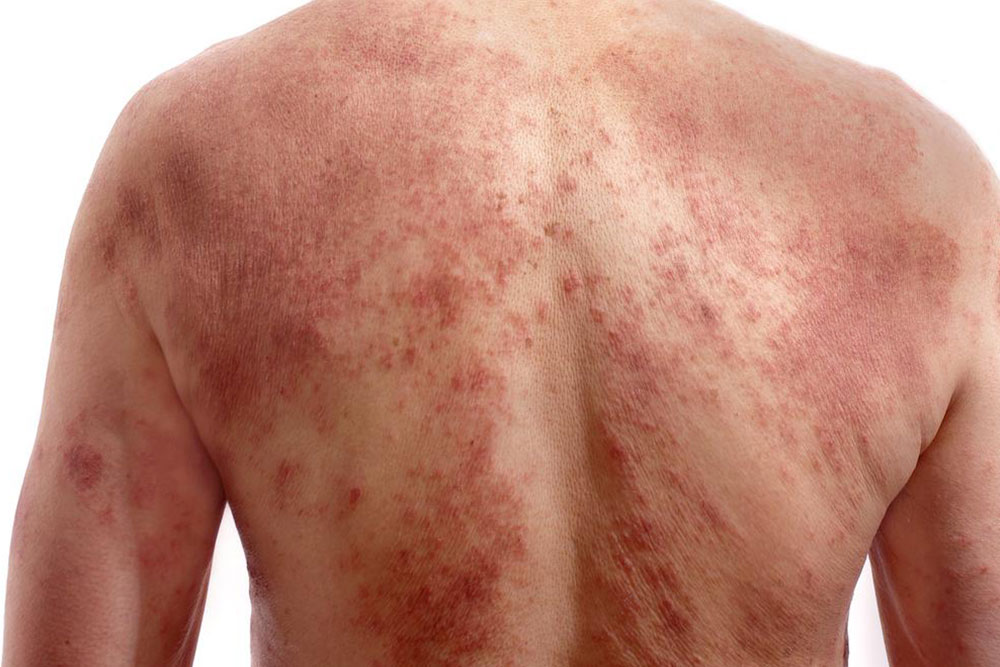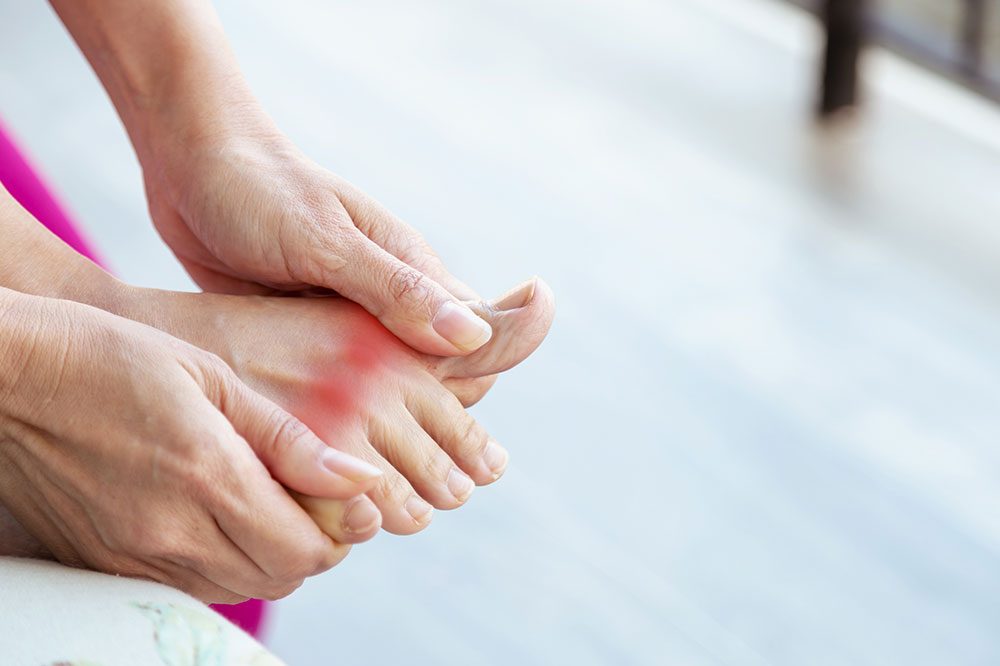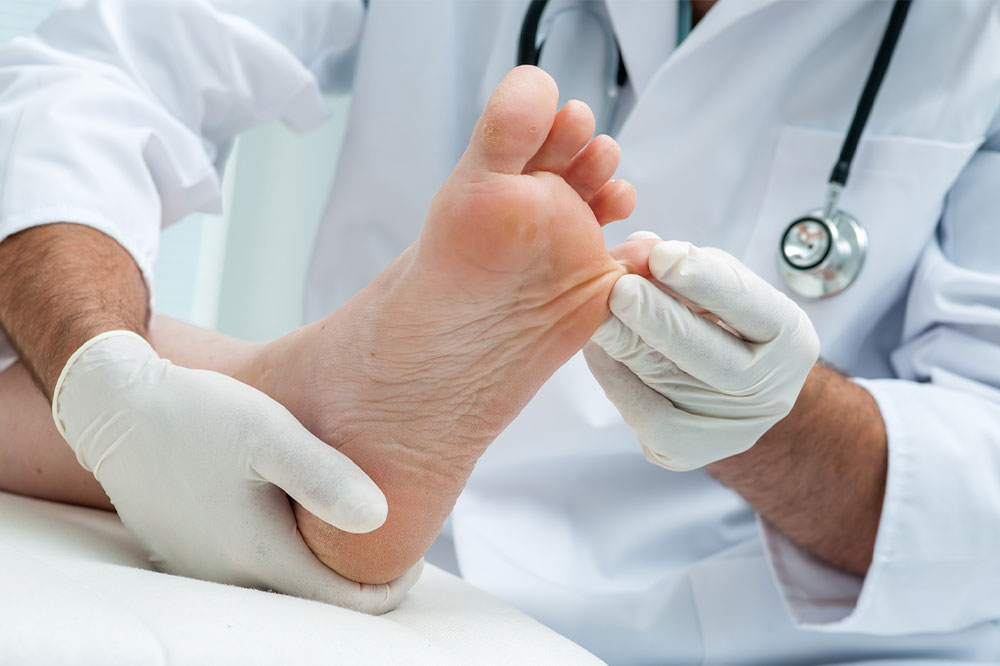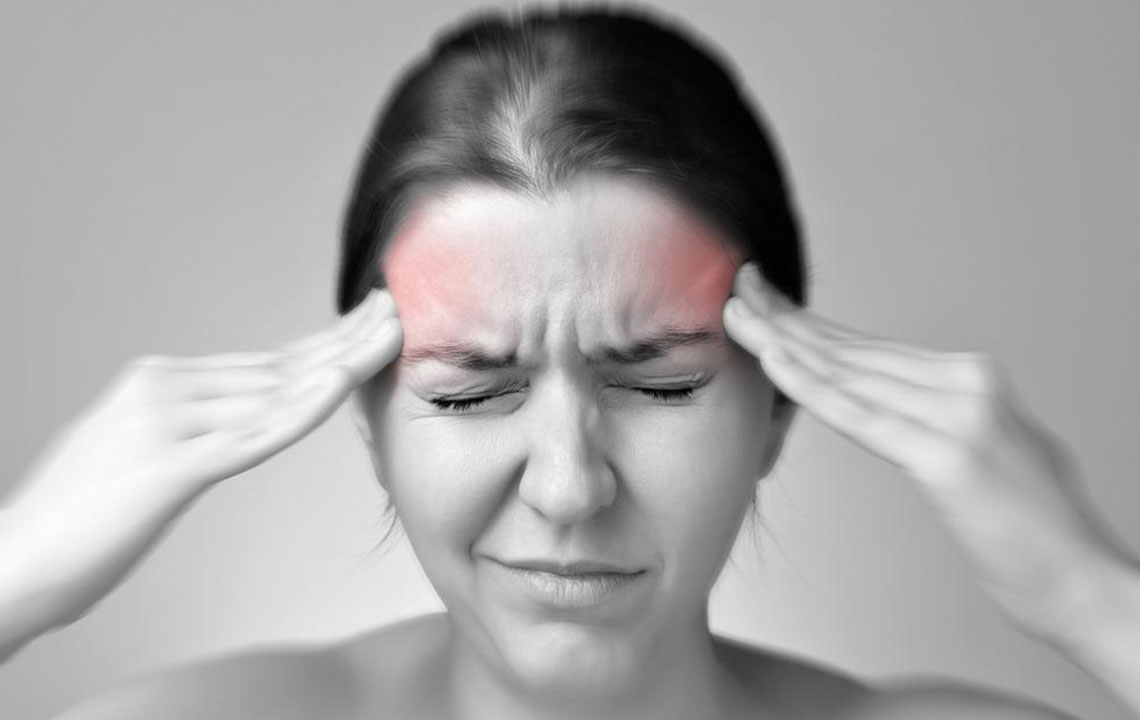Quick Indicators of Chickenpox Infection
Learn to quickly identify chickenpox through its common symptoms and distinct stages. Recognizing the early signs and rash development can facilitate prompt treatment and prevent spread. The article highlights the disease process, stages, and necessary care tips for effective management. Always seek medical advice if you suspect chickenpox, especially in vulnerable populations or severe cases.

Identifying Chickenpox: Key Signs and Stages
Chickenpox, caused by the herpes varicella-zoster virus, commonly affects children. Thanks to vaccination, cases have decreased significantly, but unvaccinated or previously uninfected individuals remain vulnerable. After infection, re-infection is rare, but immunocompromised individuals might develop shingles later in life. The disease develops in four stages, each with distinctive symptoms and visible signs, which can be recognized through clinical observation and photos.
The incubation period is approximately two weeks post-exposure, with symptoms appearing during this window. Here’s how to identify chickenpox at each stage:
Pre-eruptive Stage: Symptoms are subtle, resembling fatigue or cold symptoms, including fever, headache, malaise, muscle aches, back pain, shivering, cough, and nausea. No skin lesions are visible yet, and these symptoms typically last a day or longer in some cases.
Eruptive Stage: As symptoms progress, red spots develop into itchy blisters across the torso, arms, legs, and face. The blisters open, form scabs, and may contain pus. This stage is highly contagious, lasting about two weeks until all lesions crust over, with up to 600 blisters on the body. Recognizing this stage helps in prompt diagnosis and isolation.
Treatment and Care
Chickenpox generally resolves without specific medication within a few weeks. Supportive care like soothing lotions and antihistamines can alleviate symptoms. In cases of severe fever, difficulty breathing, or neurological symptoms—such as trouble waking or sensitivity to light—immediate medical consultation is vital.
Note:
The information provided aims to assist in identifying chickenpox but should not replace professional medical advice. Always consult a healthcare provider for diagnosis and treatment recommendations. The data here is for informational purposes and may not reflect the latest medical updates or local health guidelines.










